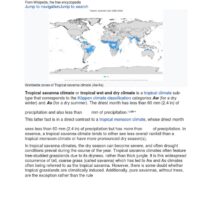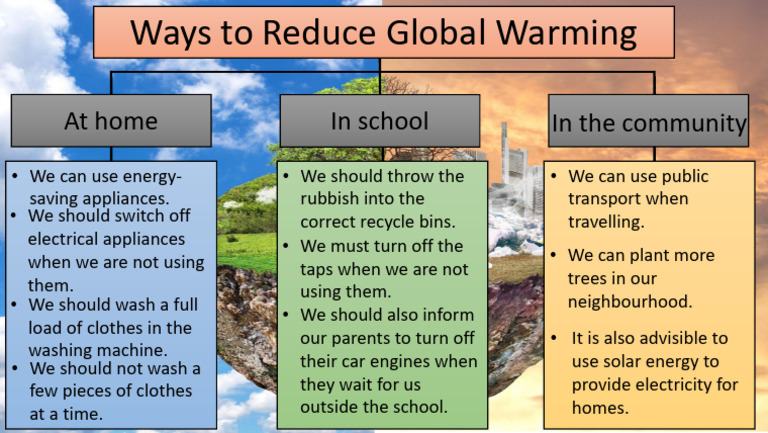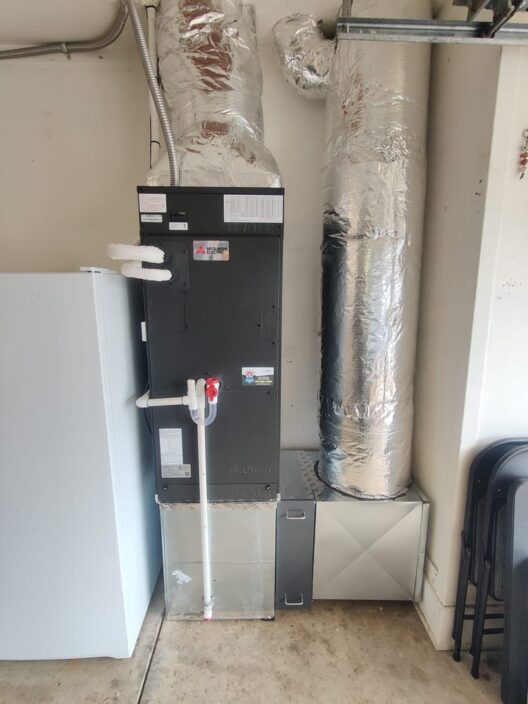In an era characterized by escalating climate crisis, the question of how to contribute to the mitigation of global warming looms large for individuals. While many may feel disillusioned by the scale of the challenge, every citizen possesses the power to instigate significant local change. From grassroots initiatives to personal lifestyle modifications, the impact of localized efforts in combating climate change cannot be overstated. Herein lies a comprehensive exploration of actionable steps that can be undertaken to foster environmental stewardship within your community.
1. Reevaluating Transportation Choices
The transportation sector is a significant contributor to greenhouse gas emissions. Consider methods to reduce your reliance on fossil fuels. Walking, cycling, or using public transit is not only beneficial for the environment but also promotes a healthier lifestyle. For those residing in urban centers, carpooling can dramatically diminish the number of vehicles on the road. If feasible, consider advocating for improved local infrastructure for alternative transportation. The establishment of safe bike lanes and reliable public transit can reshape mobility in your community and inspire collective behavioral changes.
2. Embracing Renewable Energy
In tandem with reducing transportation emissions, transitioning to renewable energy sources in homes and businesses represents a formidable strategy for reducing your carbon footprint. Solar panels, wind turbines, and geothermal systems are becoming increasingly accessible. Engaging with local environmental organizations can not only provide resources but also foster a communal approach to adopting clean energy. In addition, advocating for policies that promote renewable energy development at the municipal level can galvanize support for sustainable initiatives.
3. Community Gardening and Urban Agriculture
One of the most gratifying local actions is to participate in community gardening or urban agriculture. Cultivating plants in your area not only sequesters carbon but also engenders a sense of community and local pride. It is essential to understand the benefits of growing food locally—reducing the carbon emissions associated with transporting produce while ensuring freshness and nutrition. Educating others about sustainable gardening practices can create a ripple effect, influencing dietary choices and reducing dependency on industrial farming practices.
4. Waste Reduction Initiatives
Waste—especially plastic—poses a significant threat to our ecosystems and, consequently, global warming. Implementing strategies for waste reduction can start on an individual level with practices such as composting, recycling, and repurposing. Engage with local initiatives aimed at reducing single-use plastics and campaign for businesses to adopt more sustainable packaging options. Organizing clean-up drives in local parks or waterways not only beautifies the environment but also raises awareness about litter’s consequential impact on climate change.
5. Eco-Friendly Consumer Choices
Your purchasing power significantly influences environmental practices. It is crucial to become a discerning consumer by choosing products that align with sustainable principles. This means supporting local businesses, purchasing organic when possible, and being vigilant about products’ life cycles. The mantra “Reduce, Reuse, Recycle” resonates deeply in this context; it evokes a thoughtful consumerism that prioritizes sustainability. By engendering a culture of responsible spending within your network, you can craft a community that values ethical consumption.
6. Environmental Education and Advocacy
Education is a formidable tool in the arsenal against global warming. Fostering awareness about environmental issues within your community can catalyze collective action. Organize workshops, lectures, or film screenings that illuminate the impacts of climate change and inspire proactive measures. Collaborate with local schools to integrate environmental education into curricula. When individuals are educated, they are empowered to make informed decisions and advocate for critical policies at local, state, and national levels.
7. Connecting with Environmental Groups
No endeavor to combat climate change is too insignificant. Finding like-minded individuals amplifies your efficacy. Many organizations exist solely to address environmental issues at the grassroots level. Join or support local environmental organizations that resonate with your values; these groups often have established initiatives that you can contribute to or promote. Collaborative efforts bolster community engagement and manifest larger-scale change.
8. Policymaking and Legislation
Engagement in local governance is paramount. Attend town hall meetings and express climate concerns, or join committees that focus on sustainability. Policy change begins at home, and by holding local leaders accountable, you can foster a governance framework that prioritizes environmental objectives. Advocate for renewable energy projects, urban green spaces, and policies aimed at reducing emissions at the municipal level. Grassroots activism can yield profound transformations when citizens demand accountability from their leaders.
Conclusion: The Power of Local Actions
Though the ramifications of global warming may seem overwhelming, local actions are vital in the quest for a sustainable future. Each decision, no matter how small, contributes to a greater movement against climate change. By galvanizing personal and communal efforts, we can reshape our environment, raise awareness, and invigorate a commitment to sustainability within our localities. Ultimately, it is through these steadfast, localized actions that we cultivate a society resilient to the challenges posed by climate change, ensuring a healthier planet for generations to come.







